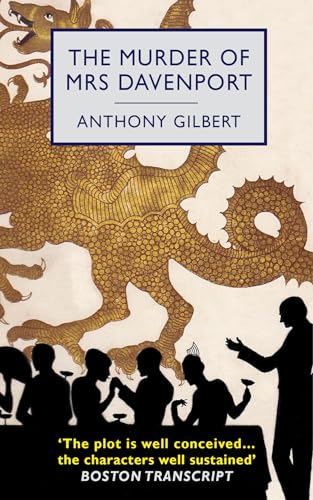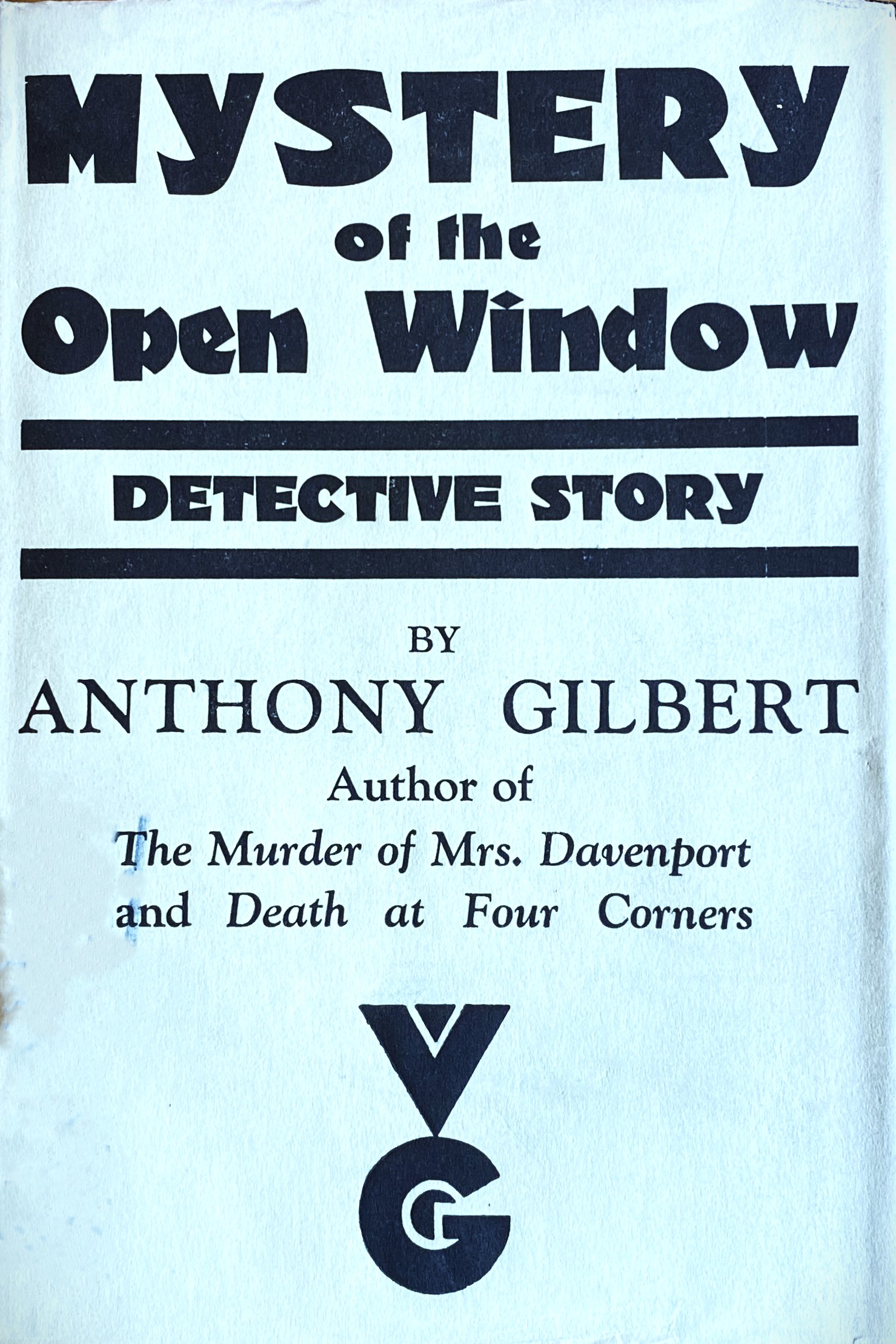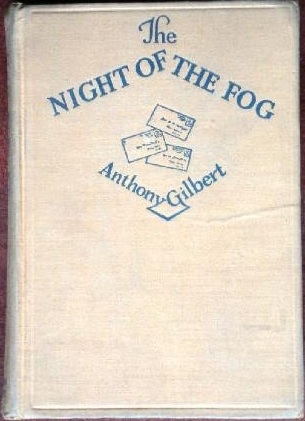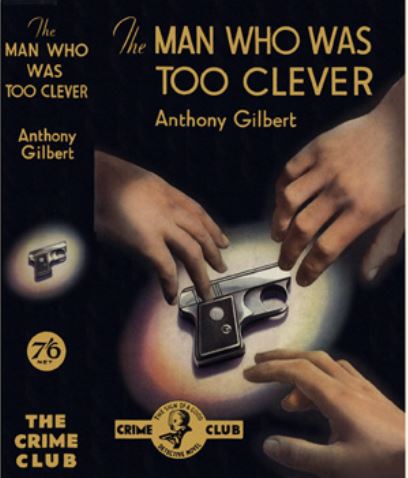


Books in series

The Tragedy at Freyne
1927

The Murder of Mrs Davenport
A Golden Age Mystery
1928

Death at Four Corners
1929

The Mystery of the Open Window
1929

The Night of the Fog
1930

The Body on the Beam
1932

Una larga sombra
1932

The Musical Comedy Crime
1933

An Old Lady Dies
1934

The Man Who Was Too Clever
1935
Author

Anthony Gilbert was the pen name of Lucy Malleson an English crime writer. She also wrote non-genre fiction as Anne Meredith , under which name she also published one crime novel. She also wrote an autobiography under the Meredith name, Three-a-Penny (1940). Her parents wanted her to be a schoolteacher but she was determined to become a writer. Her first mystery novel followed a visit to the theatre when she saw The Cat and the Canary then, Tragedy at Freyne, featuring Scott Egerton who later appeared in 10 novels, was published in 1927. She adopted the pseudonym Anthony Gilbert to publish detective novels which achieved great success and made her a name in British detective literature, although many of her readers had always believed that they were reading a male author. She went on to publish 69 crime novels, 51 of which featured her best known character, Arthur Crook. She also wrote more than 25 radio plays, which were broadcast in Great Britain and overseas. Crook is a vulgar London lawyer totally (and deliberately) unlike the aristocratic detectives who dominated the mystery field when Gilbert introduced him, such as Lord Peter Wimsey. Instead of dispassionately analyzing a case, he usually enters it after seemingly damning evidence has built up against his client, then conducts a no-holds-barred investigation of doubtful ethicality to clear him or her. The first Crook novel, Murder by Experts, was published in 1936 and was immediately popular. The last Crook novel, A Nice Little Killing, was published in 1974. Her thriller The Woman in Red (1941) was broadcast in the United States by CBS and made into a film in 1945 under the title My Name is Julia Ross. She never married, and evidence of her feminism is elegantly expressed in much of her work.